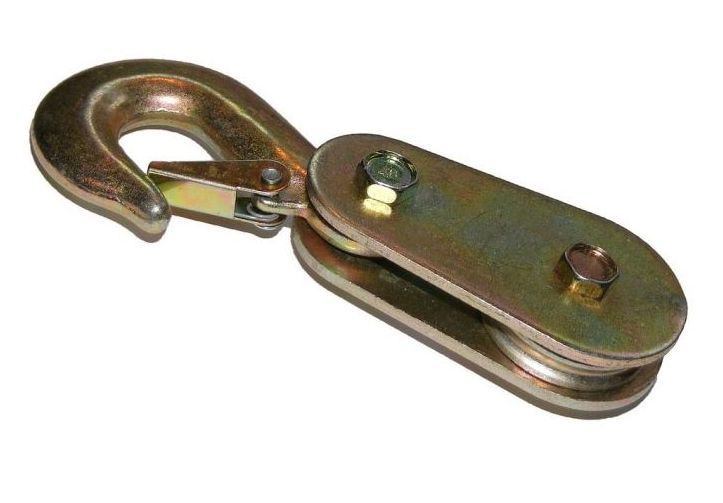 Massless strings and frictionless pulleys? Whoever heard of such things?
Massless strings and frictionless pulleys? Whoever heard of such things?
I attended Drexel University. Well, at first it was the Drexel Institute of Technology. I majored in chemistry. It was strongly suggested I major in chemical engineering. But I refused to change. Why? Because I didn’t care what use humans put chemistry to. I loved chemistry and that was all there was to it. Unfortunately (or so it seemed at the time) majoring in chemistry didn’t mean all my courses would be chemistry courses.
Physics – Massless Strings & Frictionless Pulleys
Well—unavoidably—I was required to take a certain amount of physics. And introductory physics requires the use of simple mathematics, including calculus. But physics equations can be difficult to derive. Simplification wherever possible was the mandate. This simplification required us to remove the influences of some objects, including strings and pulleys. How could we do that? We would assume any strings were massless strings, and the pulleys were frictionless.
Math and Approximations
In some cases, the equation involved the use of the trigonometric function, the sine of an angle, theta. For teeny-tiny angles, the sin ø equals ø itself. This greatly simplified the solution of some of the equations. Oh, there were other constructs and contrivances that were put into effect by way of simplification. After a while, I even grew to greatly enjoy the concepts of the massless string and the frictionless pulley.
Now I Know Where I Stand
You know something? It takes a lot of money and a lot of time to attend college. But these days, you can learn many things (and avoid questionable association) if you learn from online physics courses. If I had it to do all over again, it’s what I would do. In fact, I link the reader to some examples in this article. Check them out.
Note: You might also enjoy Oil and Water Do Not Mix – Why?
References:

Our physics teacher used to emphasise this when she was teaching us about pulleys, etc., in school. I wasn’t very good at physics. 🙁